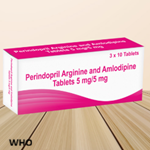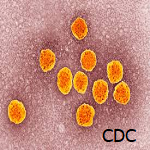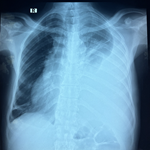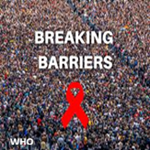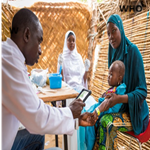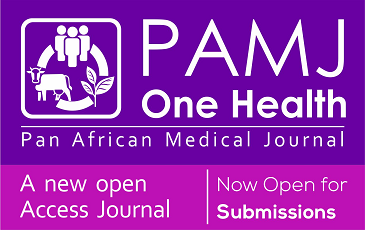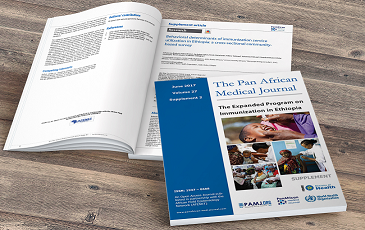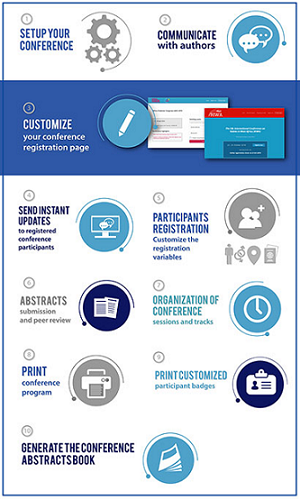Fever of unknown origin: multidrug-resistant Escherichia coli presenting as infectious spondylodiscitis
Emanuel Narvaez Gallifa, Eliseo Alejandro Aguillon Garcia
Corresponding author: Emanuel Narvaez Gallifa, Facultad de Medicina de Tampico 'Dr. Alberto Romo Caballero', Universidad Autónoma de Tamaulipas, Tampico, Tamaulipas, Mexico 
Received: 24 May 2025 - Accepted: 27 May 2025 - Published: 30 May 2025
Domain: Infectious disease
Keywords: Benign prostatic hyperplasia, bacteriuria, infectious diseases, cystoscopy, urine cultures
Funding: This work received no specific grant from any funding agency in the public, commercial, or not-for-profit sectors.
©Emanuel Narvaez Gallifa et al. Pan African Medical Journal (ISSN: 1937-8688). This is an Open Access article distributed under the terms of the Creative Commons Attribution International 4.0 License (https://creativecommons.org/licenses/by/4.0/), which permits unrestricted use, distribution, and reproduction in any medium, provided the original work is properly cited.
Cite this article: Emanuel Narvaez Gallifa et al. Fever of unknown origin: multidrug-resistant Escherichia coli presenting as infectious spondylodiscitis. Pan African Medical Journal. 2025;51:27. [doi: 10.11604/pamj.2025.51.27.48065]
Available online at: https://www.panafrican-med-journal.com//content/article/51/27/full
Images in clinical medicine 
Fever of unknown origin: multidrug-resistant Escherichia coli presenting as infectious spondylodiscitis
Fever of unknown origin: multidrug-resistant Escherichia coli presenting as infectious spondylodiscitis
![]() Emanuel Narvaez Gallifa1,&, Eliseo Alejandro Aguillon Garcia2
Emanuel Narvaez Gallifa1,&, Eliseo Alejandro Aguillon Garcia2
&Corresponding author
A 71-year-old man with a past medical history of benign prostatic hyperplasia and recurrent bacteriuria was referred to our infectious diseases department for persistent fever lasting 4 weeks following cystoscopy and two urine cultures growing ESBL-producing K. pneumoniae and E. faecalis. He did not take medications. Review of systems was positive for fever and general malaise. Vital signs were normal. Physical examination showed poor dentition and decreased breath sounds on the left. Initial laboratories showed leukocytosis (11,800/cm3), neutrophilia (9,620/cm3), and elevated C-reactive protein (CRP) 69.4 mg/L; urinalysis was positive for leukocyte esterase. Urine culture grew difficult-to-treat resistant P. aeruginosa. Chest X-ray was unremarkable; Computed Tomography (CT) scan showed air in the retroperitoneal space adjacent to the psoas muscle and interaortocaval adenopathies measuring up to 32 mm. Treatment began with ampicillin and was escalated to ceftazidime/avibactam plus polymyxin E. By day 6, he developed cramps, paresthesia, and pain in his lower extremities and a new left inguinal lymphadenopathy. Magnetic Resonance Imaging (MRI) revealed changes consistent with spondylodiscitis at T11-L1. Culture and biopsy of T11-L1 grew E. coli resistant to fluoroquinolones and aminoglycosides. Blood cultures grew MDR-ESBL-producing E. coli; repeat urine culture was negative. Additional infectious workup, including PCR assays for tick-borne pathogens and tuberculosis, was negative. Fever rose to 39°C, CRP to 127.7 mg/L, and procalcitonin to 1.30 ng/mL. Meropenem was initiated for 1 week, then de-escalated to complete a 6-week course. He underwent three lumbar irrigations. No medication-related adverse effects occurred. He recovered and was discharged.
Figure 1: CT scan of the abdomen showing arrows pointing to: A) air in the retroperitoneal space; B) interaortocaval adenopathies; C,D) sagittal lumbar spine MRI, arrows pointing to T11-L1 with spondylodiscitis changes and associated paraspinal collection; E) coronal lumbar spine MRI, arrow pointing to T11-L1 with spondylodiscitis changes and associated paraspinal collection
Search
This article authors
On Pubmed
On Google Scholar
Citation [Download]
Navigate this article
Similar articles in
Key words
Tables and figures
 Figure 1: CT scan of the abdomen showing arrows pointing to: A) air in the retroperitoneal space; B) interaortocaval adenopathies; C,D) sagittal lumbar spine MRI, arrows pointing to T11-L1 with spondylodiscitis changes and associated paraspinal collection; E) coronal lumbar spine MRI, arrow pointing to T11-L1 with spondylodiscitis changes and associated paraspinal collection
Figure 1: CT scan of the abdomen showing arrows pointing to: A) air in the retroperitoneal space; B) interaortocaval adenopathies; C,D) sagittal lumbar spine MRI, arrows pointing to T11-L1 with spondylodiscitis changes and associated paraspinal collection; E) coronal lumbar spine MRI, arrow pointing to T11-L1 with spondylodiscitis changes and associated paraspinal collection


